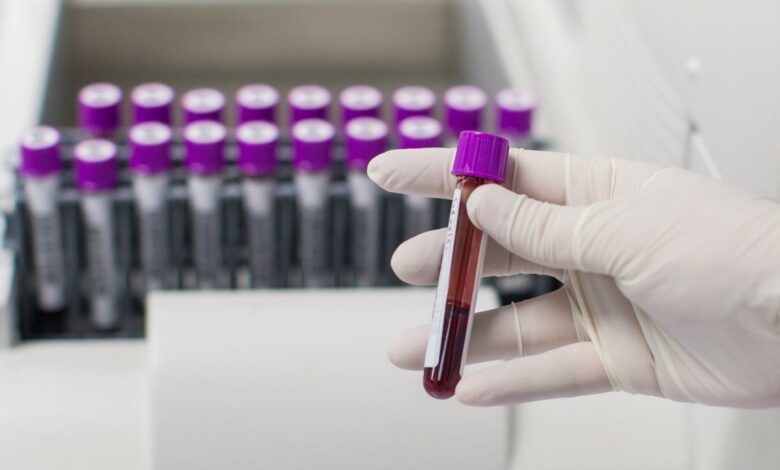These Are The Most Common Blood Types Around The World

World Blood Donor Day is organized every June 14 by the World Health Organization with the aim of raising public awareness about the need for safe blood, plasma and platelets as well as celebrating the many people who save lives through their blood donations.
There are four different types of blood: A, B, O and AB. Each of these can either be positive or negative, depending on whether a protein known as the “Rh factor” is present in the red blood cells. Each blood type has slightly different qualities. For instance, those with type O- are universal donors. This means they can give blood to anyone. AB+ on the other hand is a universal acceptor, so they can receive donations from anyone. Only around seven per cent of the world is Rh negative.
As Statista’s Anna Fleck shows in the following map, the most common blood group worldwide is O positive.

Europe tells a slightly different story, however, with the majority of its countries’ populations having A positive blood. Only two countries in the World Population Review’s records have a greater share of B positive blood types: Pakistan and Bangladesh.
While this chart is useful for getting an overview of regional patterns, it hides some of the finer details, such as how evenly split countries are by blood type. For instance, in China and India, a fairly high share of the population has B+ blood. Meanwhile, in Europe, many countries are fairly closely tied between O+ and A+. There are of course slight differences and exemptions, with the Nordic countries representing a slightly greater share of people having A+ versus O+, according to World Population Review. The U.S. is also fairly closely split, with 37.4 per cent of the population having type O+ and 35.7 per cent A+, while only 8.5 per cent are B+ in the country.
The countries with the clearest prevalence of a given blood group are Ecuador, Peru and Zimbabwe, with 75 per cent, 70 per cent and 63 per cent of O+ blood respectively.
According to the American Red Cross, the opposite rules apply when it comes to the universality of plasma transfusions. In that case, O- blood types can only donate plasma to other O- patients, while the universal plasma donor type is AB blood.
